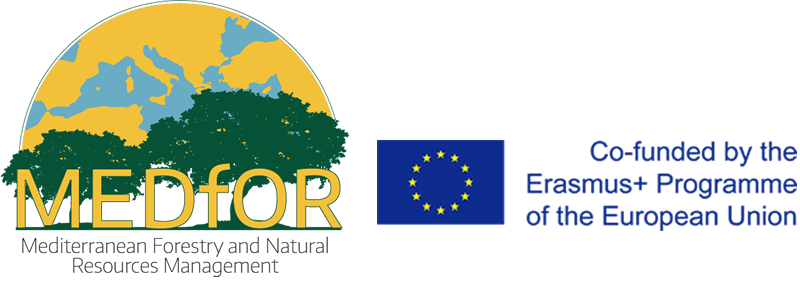The impact of the armed conflict on the forest cover in Syria.
Angham Naser Daiyoub. 2020. The impact of the armed conflict on the forest cover in Syria. Master Thesis. University of Lleida - School of Agrifood, Forestry Science and Engineering
Supervisors:
Dr. Sandra Saura Mas (CREAF and Unitat d’ecologia del Departament de Biologia Animal, Vegetal i Ecología de la UAB)
Dr. Maria Christina Vega (Universitat de Lleida).
Abstract:
Armed conflicts and other types of violence that cause human displacement are key drivers of human-induced landscape change. They also contribute to increase the wildlife poaching and environmental degradation, especially in developing countries. In March 2011 the devastating armed conflict erupted in Syria causing the migration of more than 5 million people outside the country and the displacement of 6 million people in the country (internal displacement). About 1,4 million of refugees fled to the coastal area of Syria that contains most of the forest cover of the country, causing an additional pressure on the natural resources and especially forests. The main aim of this research is to study vegetation cover area changes in Syria, concretely on forest cover area and species conservation, since the beginning of the Syrian armed conflict. To study the effect of the armed conflict on the Syrian forests, Landsat TM and OLI satellite imagery were used from the pre-conflict (2011) and the conflict (2019) periods. The change detection method was the NDVI differencing using different NDVI threshold values to classify the vegetation in Syria into four classes: Forest, Agriculture, Grassland and No-vegetation. Another objective of the study is identifying the important areas for conservation in Syria using the data downloaded from the IUCN red list for threatened species to build the maps of important species areas for conservation. Results showed a significant forest cover loss of -9.26% from 2011 to 2019, most of the area loss (35.5%) was a result of forest conversion into agriculture lands, 34.1% was converted into a no vegetation (urban expansion mainly) and 29.3% were lost due the forest cover conversion into grasslands. Two hotspots maps were produced marking the most important species biodiversity areas for conservation like the coastal mountain range, Anti-Lebanon mountain range, Jabal al -Arab, Julan heights that presented the highest number of threatened species. The results indicate the negative impact of the armed conflict on the Syrian forests and the urgency of the conservation and the restoration efforts by applying policy interventions designed to reduce the elimination of the forests, especially in biodiversity hotspots.
Keywords: Armed conflict, Conservation, Forest change, Biodiversity, Violence.



